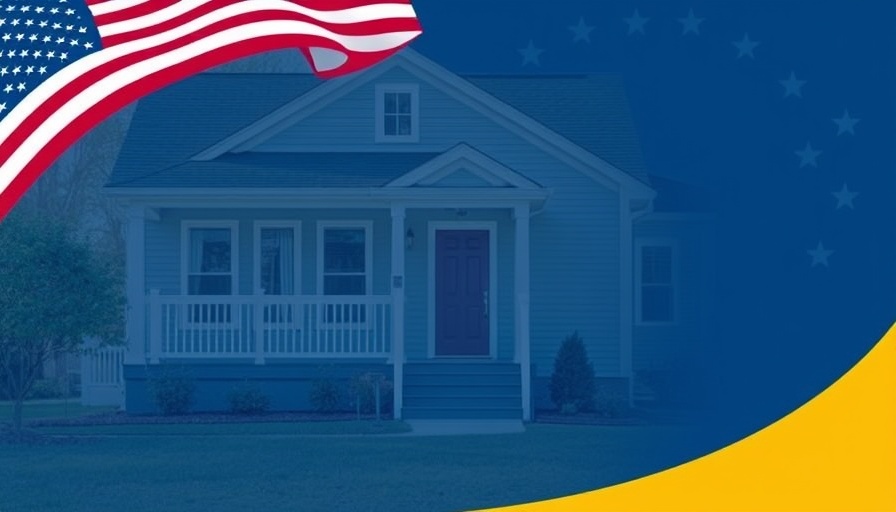
Understanding the Vital Role of Senior Living Communities
As we approach a future where around 2.3 million Americans aged 65 and older will need specialized care, the traditional views on elder care are rapidly evolving. Senior living communities, such as those offered by New Perspective, not only cater to the unique needs of older adults but also provide vital support for their caregivers. These communities are becoming essential havens for older adults, transitioning away from the outdated nursing home model.
Different Care Options Tailored to Individual Needs
Today's senior living options extend far beyond simple assisted living. For healthier, more active seniors, independent living communities foster social engagement while relieving the burdens of home management. For those requiring more assistance, assisted living facilities provide personalized care tailored to each resident's lifestyle. In addition, memory care units are specifically designed for residents facing cognitive challenges, ensuring they receive specialized attention.
How Senior Communities Alleviate Caregiver Burdens
Caring for a loved one can evoke immense emotional and physical strain. Senior living communities like New Perspective understand this reality and are structured to mitigate these pressures. Professional staff members manage daily care tasks, offering caregivers the crucial time to balance their own personal and professional lives.
Health Benefits of Trusted Care
Entrusting a loved one to a senior living community significantly reduces stress associated with caregiving. Professional caregivers can decrease the chances of burnout, creating a healthier environment for both the caregiver and the loved one. With trained professionals catering to specific needs, caregivers can focus on quality time together instead of daily worries.
Supportive and Safe Environments
Safety is paramount in senior living communities. Many features are deliberately designed to enhance the overall safety and well-being of residents. From secure grounds and emergency systems to 24/7 assistance from trained staff, these communities provide peace of mind for families. This allows caregivers to feel confident in the care their loved ones are receiving.
As we honor the contributions of our aging population, understanding how senior living communities support both seniors and their caregivers is crucial. These communities are not just places to live but environments where dignity, independence, and personal connection thrive. Every caregiver deserves support, and senior living options provide a solution to ease their journey.
 Add Row
Add Row 

 Add
Add 


Write A Comment